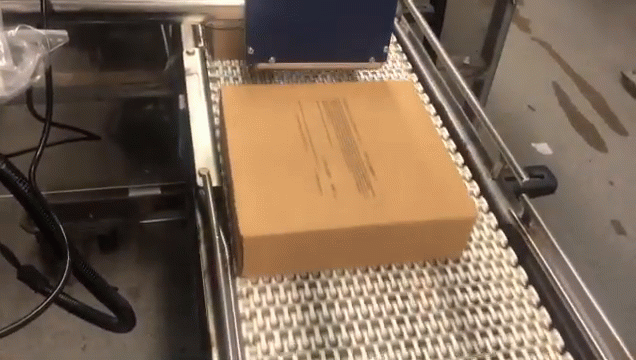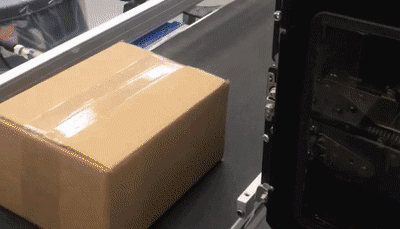Paper shortages may affect production
Paper is a raw material that is going through a period of shortage due to three main causes: the shortage during the pandemic, the problems in importing this material and the increase in the exchange rate.
In product labeling and packaging, this has a direct impact on the price of adhesive labels and on the difficulty of finding suppliers who have stock of this material. This situation is leading to stock-outs and increasing the cost of labeling for the identification of boxes and products.
But don't panic... if you have a production line and need to identify your packaging, today we will show you the alternative that can help you to continue production and reduce your costs.
Do you want to save costs on your production lines?
If the answer to this question is yes, keep reading this article because we’ll show you the comparison of direct inkjet printing equipment vs. label printing and application equipment.
Automatic labeling is a good option to identify boxes and pallets, but it is not always the best choice. It is essential to analyze the alternatives to this solution, such as direct printing, in order to minimize the use of raw materials subject to shortage cycles and volatile prices.
Comparison of direct printing vs. labeling
|
INKJET |
LABELS |
|
|
|
|
Fast return on investment. |
High total cost due to maintenance. |
|
Only one consumable, the ink, no other associated products. |
High cost per print associated with consumables (labels, ribbons, etc.). |
|
Real-time format changeover, no need for line stoppage. |
Downtime required for changing multiple label rolls and shifts. |
|
Low periodic maintenance. |
Maintenance and repair of mechanical components. |
|
No limits on the length of your message. |
Message limited to the size of the label. |
|
Reduces case inventories by up to 10 times, maximizing warehouse space. |
The warehouse must be adapted to stocking requirements: special temperature conditions and extra space. |
What if we print directly on the boxes?
In a competitive and ever-changing market, direct-to-box printing equipment is the best alternative to not depend on raw materials such as paper and plastic.
In addition, high resolution inkjet printers are the most flexible and effective choice for production lines, reducing the operational complexity of coding and maximizing warehouse space, resulting in significant cost savings.
At United Barcode Systems we guarantee a 50 to 70% reduction when replacing labels with direct printing.
Direct printing
MESSAGE COST
455 Eur / 100.000 PRINTS
910 Eur / 200.000 PRINTS
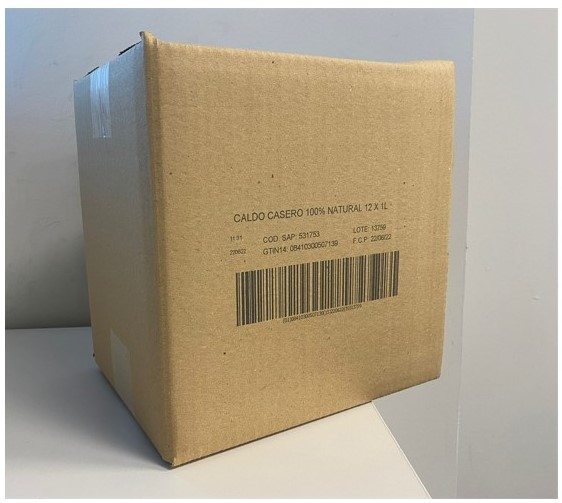
The entire surface of the box can be used, without increasing the cost of printing. The print resolution, from 180 dpi to 720 dpi, can be adapted according to the surface quality.
* No minimum quantity of ink bottles to be purchased.
* Printing 70 mm x 140mm at 360 dpi.
Labeling
MESSAGE COST
1.865 Eur / 100.000 PRINTS
3.330 Eur / 200.000 PRINTS
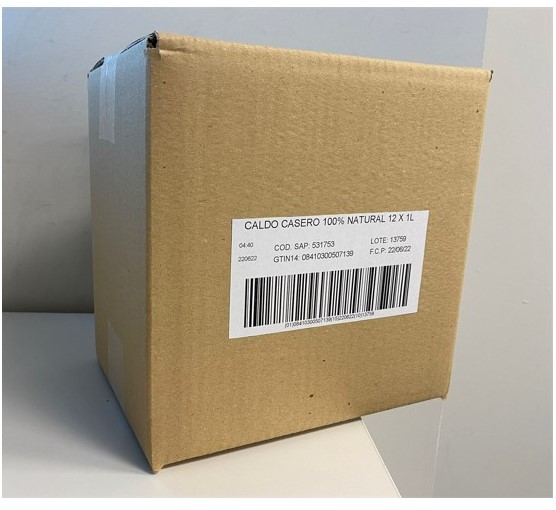
Restriction of message size and details to label dimensions. Resolution only of 203 dpi or 300 dpi.
* A minimum quantity of labels and ribbon rolls must be purchased.
* Label of 70 mm x 140 mm + Ribbon of 80 mm x 450 mm
At the end of the year, the profit margin we have is considerable.
"With a production of 200,000 boxes, the savings by printing directly on the box is €2,420"
Shall we schedule a visit so that we can get to know your needs and find the most appropriate solution?
As we have seen throughout the article, Print&Apply adhesive label equipment has its drawbacks, one of the most important are the consumables required for this solution.
✘ Stock of consumables: Labels, ribbons and their empty rolls.
✘ Requires additional space: Close to the equipment.
✘ Waste from spent rolls.
✘ Waste from incomplete rolls: Inventory of different roll types.
✘ Waste of obsolete labels before use: Change of products, change of production standards, etc.
✘ Special conditions for label storage: Adequate temperature and humidity to prevent labels from curling.
✘ Safety stock: More labels than necessary.
In these cases, safety stock of consumables is essential to avoid paralyzing production lines.
-
Automatic labeling equipment: The necessary consumables are labels and ribbons. For these there are different standard and custom sizes, the most common sizes range from 1.5 x 1 inch to 4 x 6 inches.
Costs for blank label stock vary depending on the size and quantity required, and pre-printed label stock costs as much or more than twice as much.
For applications that require labels to adhere to multiple sides, e.g., opposing or adjacent panels, label printing costs increase even with quantity discounts.
-
Direct print equipment: The only consumable required is ink. Oil-based ink bottles or UV-based bottles, depending on requirements. This consumable requires no special conditions.
Remove LABELS from your packaging and PRINT directly!
Solution for packaging and box identification - APLINK MRX72e
APLINK MRX72e is designed to print texts, images, logos, symbols, and all types of barcodes 100% legible for any surface and material, such as corrugated cardboard boxes and trays, paper bags, plastic containers, etc.
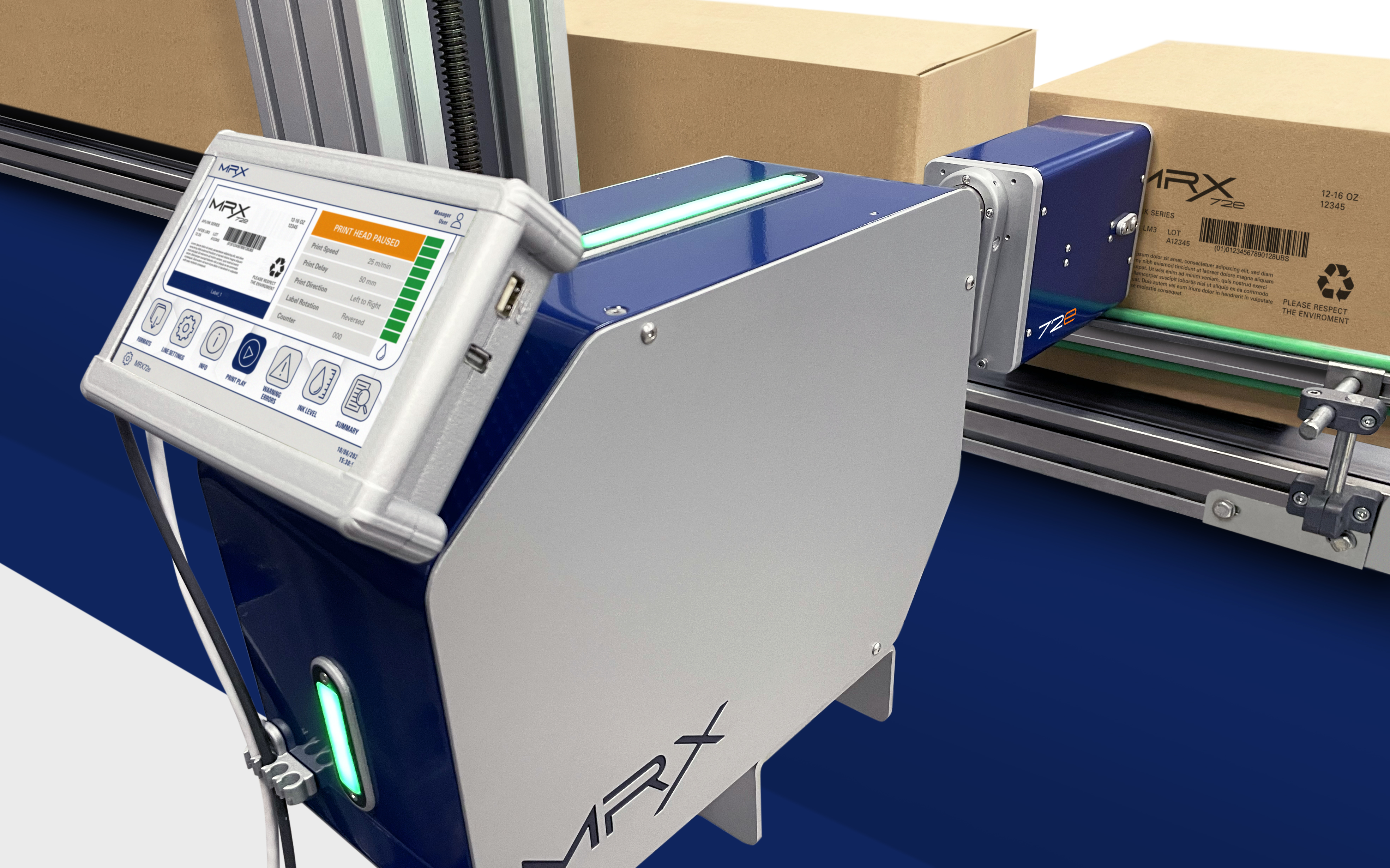
APLINK MRX72e
-
Direct printing on porous surfaces.
-
Printing speed of up to 110m/min.
-
Print height of 72mm and length of 8m.
-
Resolutions of up to 180 x 720dpi.
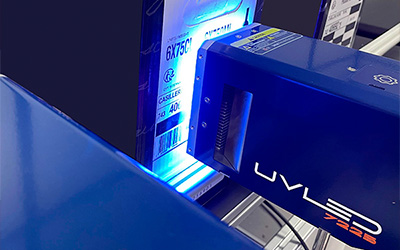
UVLED Curing System 7225
-
Instant curing of ink on any surface.
-
Allows curing up to 120m/min.
-
Variable Curing Height.
-
Adjusts its power based on the speed.

